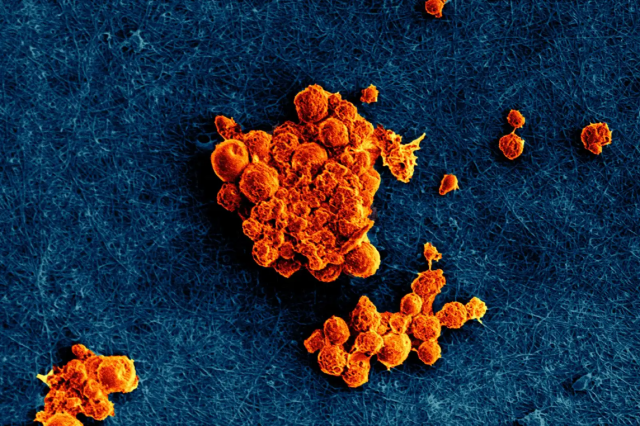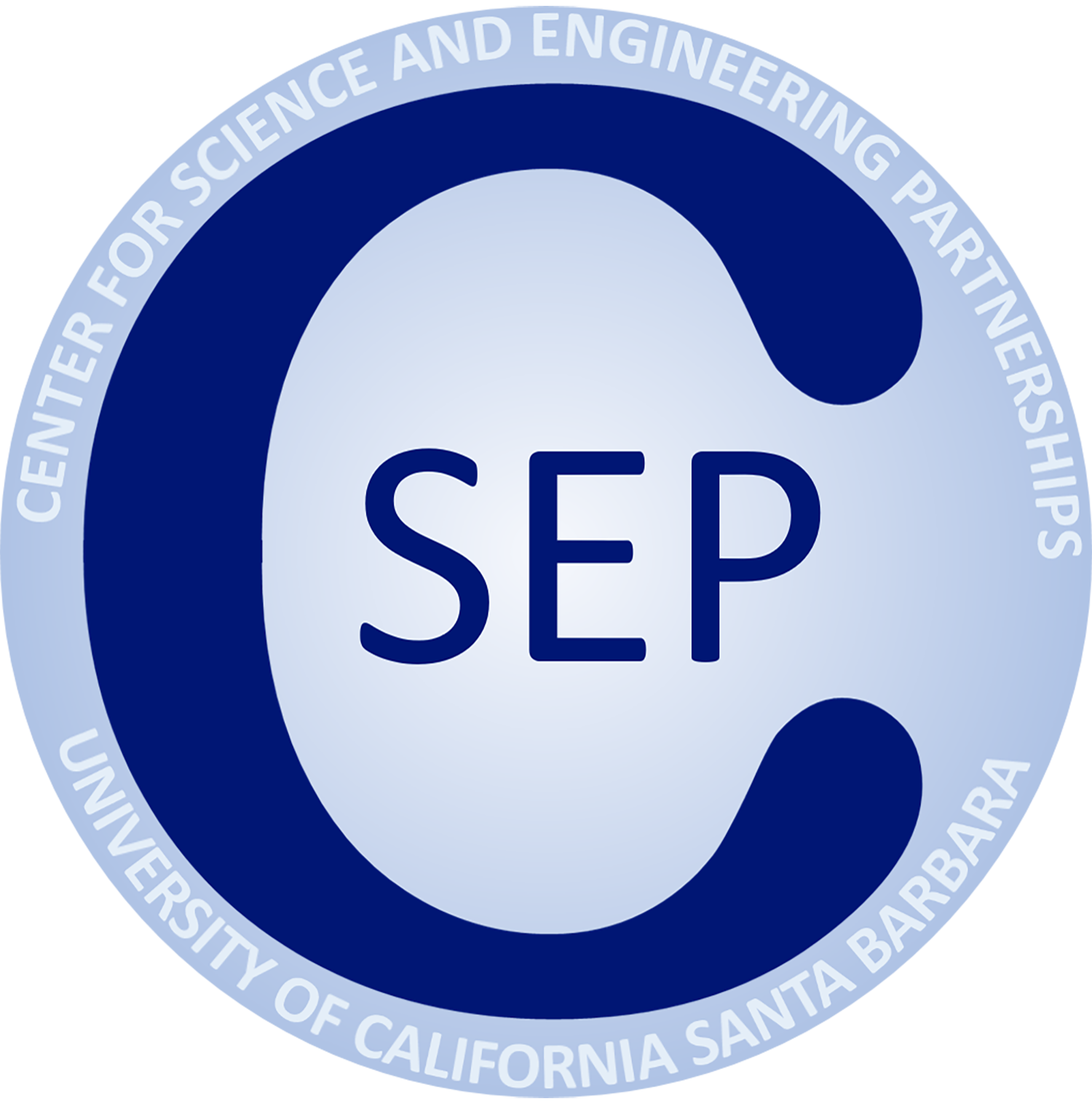
Life Imitates Art: Coral Cells On a Sea of Collagen
Description
The longest and most destructive mass coral bleaching event on record occurred between 2014 and 2017 and spanned thousands of square kilometers, with over 75% of global reefs experiencing severe heat stress and nearly 30% suffering from lethal stress. Coral bleaching is correlated with rising sea surface temperatures and is marked by a loss of symbiotic algae, the energy source of reef corals, and eventual death. Coral reefs are one of the most diverse marine ecosystems, hosting about 25% of all marine species and providing a habitat, feeding, spawning, and nursery grounds for more than 1 million species. Thus, the destruction of these critical coral ecosystems poses a significant threat to the environment. Current coral repopulation strategies rely on fragment propagation on artificial structures that are secured to the ocean floor. Unfortunately, these are largely unsuccessful since fast-growing-- but less resilient-- coral die after relocation and the use of plastic fasteners negatively impact microbial communities that are critical to coral health. In an attempt to develop solutions for this dire environmental threat, the Dewey lab seeks to apply human tissue engineering concepts in driving coral reef restoration. Biological materials that mimic human tissues have gained significant interest in the regenerative medicine field toward repair of large pieces of missing or damaged tissues; in particular, collagen biomaterials have been shown to increase human cell division and enhance regeneration of bone as collagen is the most abundant structural protein in the human body. As collagen is also a constituent of coral skeleton, the Dewey lab is interested in leveraging their expertise in human bone regeneration and translating these biomaterials-based approaches to enhance propagation and survival of coral. Here, we present a pseudo-colored, artistically enhanced electron microscopy image of coral fragment-derived cells cultured on a collagen biomaterial scaffold.










